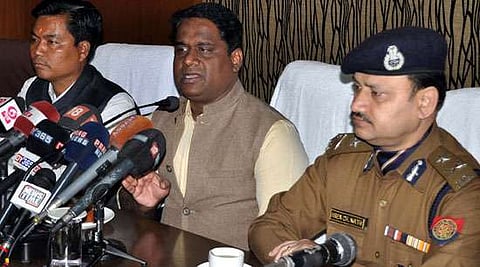Further innovations as well as increased productivity are necessary to push the integrated farming system almost to perfection. Filly, the climate change factors must not be overlooked. Can we deny the fact that traditiol agricultural practices were extremely efficient, admirably adapted to local social, ecological and climatic conditions and eminently sustaible? Any change to be initiated must have the reflection of local knowledge, resources, and practices, among others. Overnight change cannot be there, as simple as this. We may start doing all of a sudden something hitherto unknown to an area, say, but can this be sustained? Acceptability is the most crucial factor. Any change, if myopic, is better avoided. Agricultural development — an essential part of the development process — involves above all massively increasing “off-farm inputs” such as hybrid seeds, artificial fertilizer, pesticides, and irrigation water and farm machinery.

